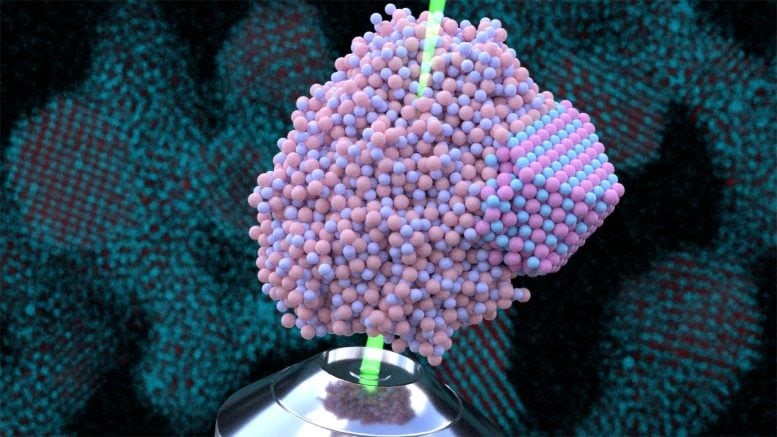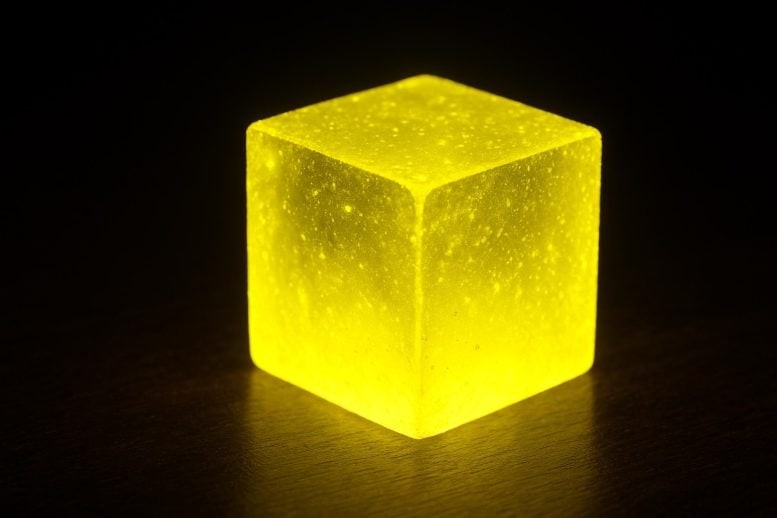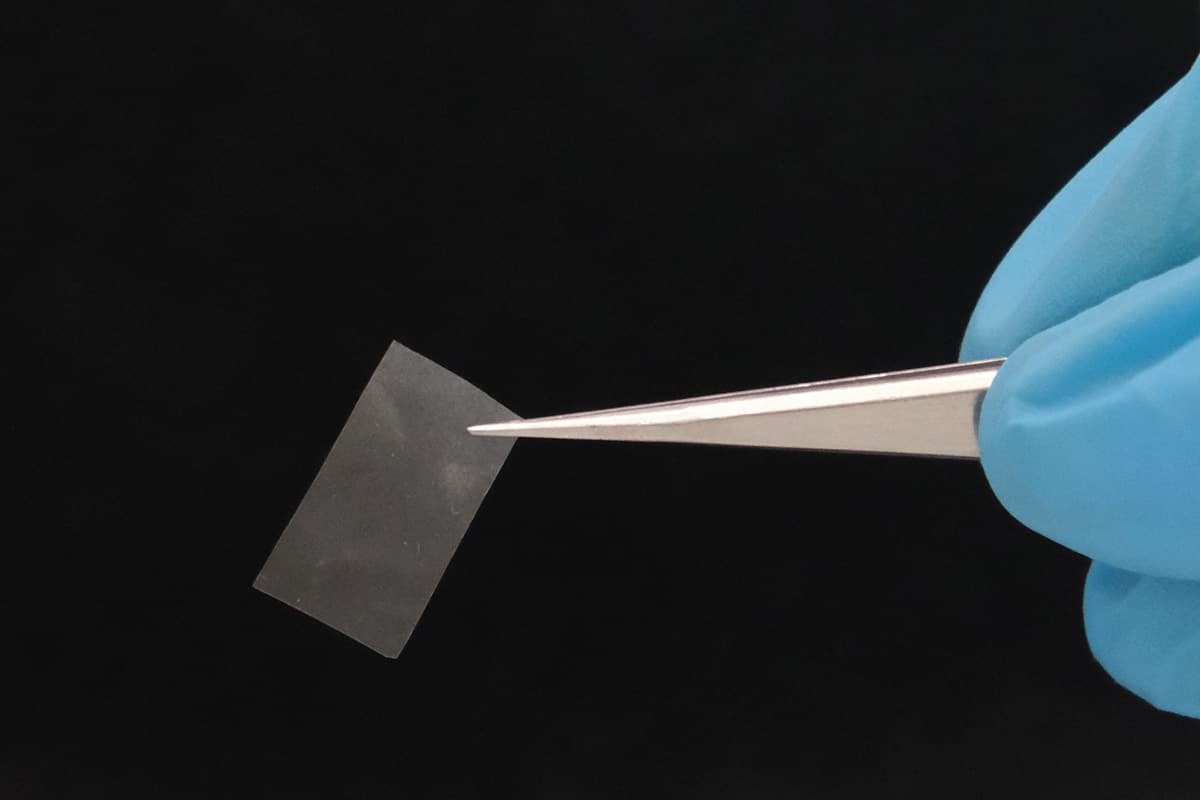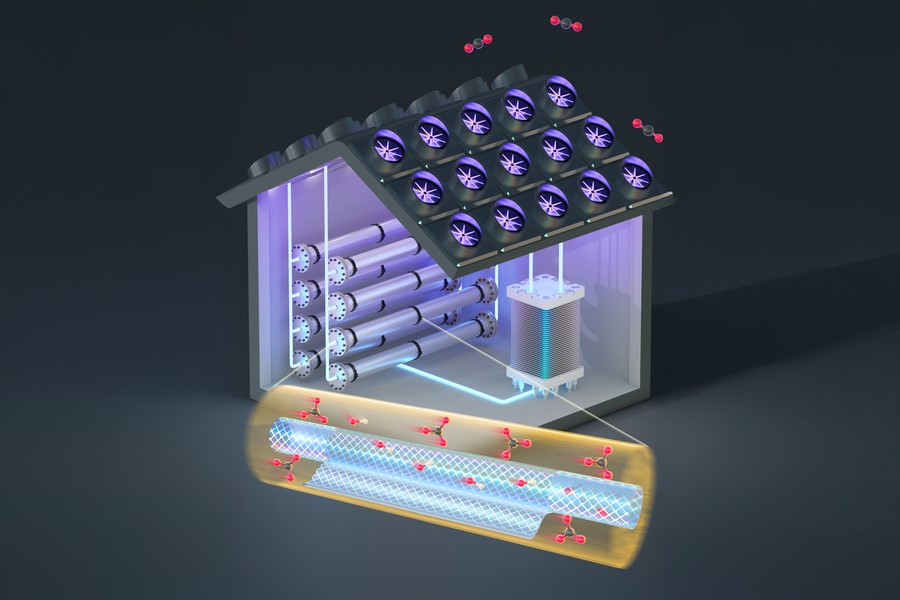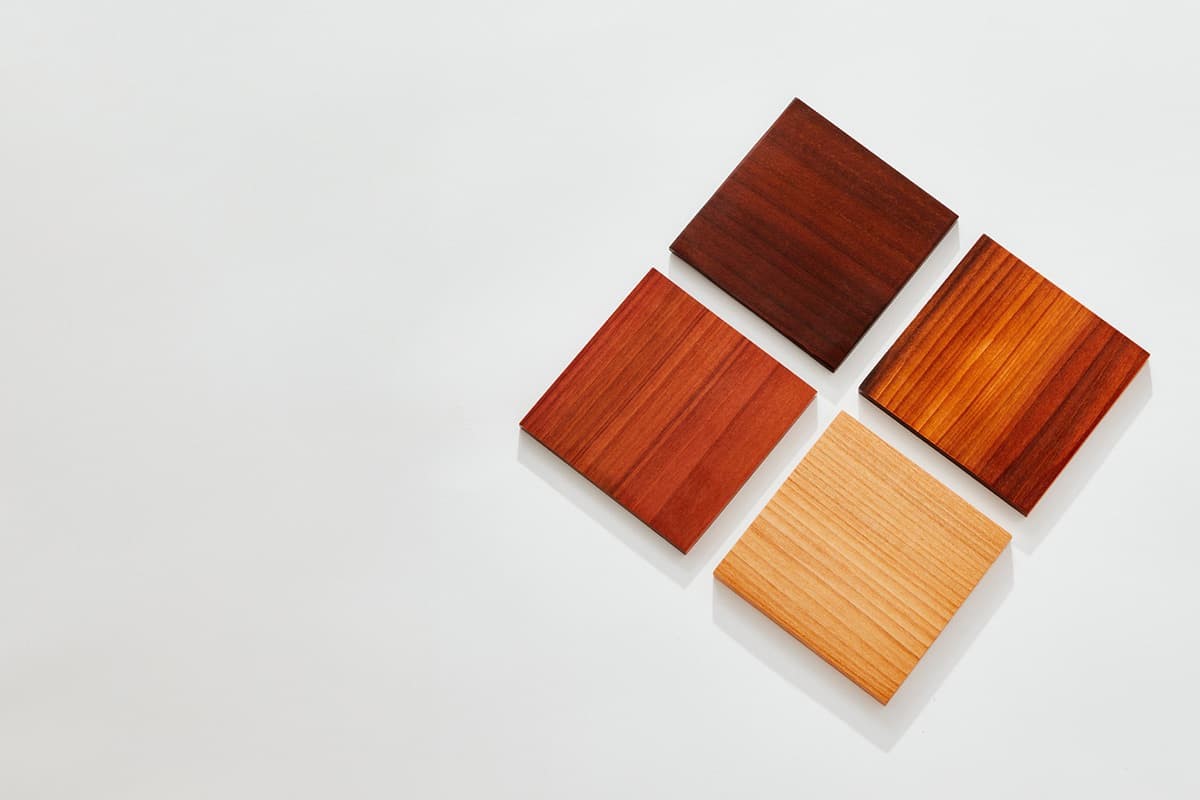MIT Physicists Unveil New Superconductor That Also Acts as A Magnet
Graphite consists of numerous layers of graphene—atom-thin, lattice-structured sheets of carbon atoms—that are stacked together and easily flake off under pressure, such as when writing with a pencil. A single graphite flake may hold millions of graphene layers, typically aligned so that every other layer matches up. Occasionally, however, graphite contains small regions where the layers are stacked differently, forming a staircase-like, offset pattern.
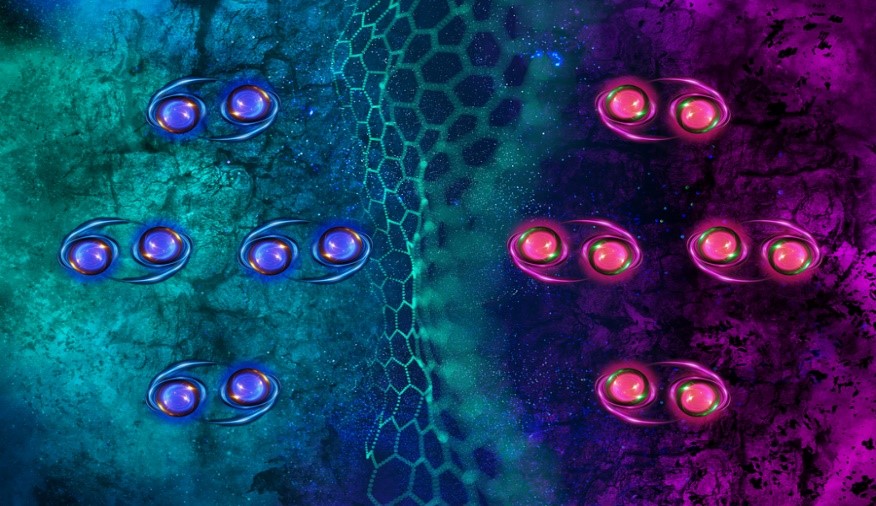
Figure 1. MIT Physicists Discover Superconductor with Magnetic Properties.
MIT researchers have discovered that when four or five graphene layers are stacked in this unusual “rhombohedral” arrangement, the structure displays remarkable electronic properties not present in regular graphite. Figure 1 shows MIT Physicists Discover Superconductor with Magnetic Properties.
In their recent study, MIT physicists isolated microscopic flakes of rhombohedral graphene from graphite and subjected them to a series of electrical tests. They discovered that when these flakes are cooled to 300 millikelvins (around -273°C), the material becomes a superconductor—allowing electrical current to flow without resistance.
Remarkably, they also observed that by sweeping an external magnetic field up and down, the flakes could switch between two distinct superconducting states, similar to how a magnet behaves. This indicates the presence of intrinsic magnetism within the superconductor—an unusual trait not seen in conventional superconductors.
“Traditionally, superconductors and magnetic fields are thought to be incompatible,” says Long Ju, assistant professor of physics at MIT. “But we believe this is the first time a superconductor has shown magnetic-like behavior with such clear and direct evidence. It’s a surprising and counterintuitive discovery that challenges common assumptions about how superconductivity and magnetism interact.”
Graphene Twist Reveals Surprising Superconducting-Magnetic Behavior
In everyday conductors, electrons move chaotically, frequently scattering off atoms in the material’s lattice—each collision creating resistance and wasting energy as heat. But under ultracold conditions, certain materials become superconductors, where electrons form "Cooper pairs" that move through the lattice without scattering, eliminating resistance and preserving energy flow.
Since the discovery of superconductivity in 1911, zero electrical resistance has been its defining hallmark. A second key property, identified in 1933 by Walther Meissner, is the Meissner effect—the expulsion of external magnetic fields by superconductors. Together, these features make technologies like Maglev trains possible, where superconducting tracks repel magnets to enable frictionless levitation.
At MIT, Long Ju and his team had no reason to doubt these well-established principles—until they started experimenting with five-layer rhombohedral graphene. Previously, the team found that this staircase-like graphene configuration could cause electrons to split into fractional charges when placed on hexagonal boron nitride (hBN) and twisted at a specific angle.
Curious about how altering this twist might affect electron behavior, the researchers misaligned the graphene and hBN layers and repeated their experiments. This time, they observed that at temperatures below 300 millikelvins, the fractional charge effect vanished—and the material became a superconductor, showing zero resistance.
But the real surprise came when they applied a magnetic field. Typically, a superconductor would resist the field until it reached a critical strength that shuts down superconductivity altogether. Instead, this material behaved differently. As the team swept the magnetic field from negative to positive and back again, the material maintained its superconducting state—except at two critical points (one in each polarity), where resistance briefly spiked before dropping back to zero.
“It’s as if the material flips between two different superconducting states, similar to how a magnet can flip its polarity,” says Zach Hadjri, a first-year graduate student. “If this were a conventional superconductor, we wouldn’t see this kind of switching. It’s behaving both like a superconductor and a magnet—which shouldn’t be possible!”
This unexpected interplay of superconductivity and magnetism challenges long-standing assumptions and opens up exciting new avenues for quantum materials research.
"One of a Kind": A Magnetic Superconductor from Simple Carbon Layers
Though their findings defy conventional wisdom, the MIT team observed the same unusual superconducting behavior in six separate samples—strong evidence that the effect is real and reproducible. They believe the key lies in the unique rhombohedral stacking of graphene layers. This configuration, despite consisting of just carbon atoms in a straightforward lattice, creates fertile ground for exotic physics at ultracold temperatures.
At such low temperatures, thermal fluctuations are nearly eliminated, allowing electrons to slow down and interact more freely. These quantum interactions can cause electrons to form Cooper pairs, the building blocks of superconductivity. But in this structure, the interactions go further—encouraging electrons to collectively choose one of two momentum states, known as “valleys.”
In typical superconductors, electrons from opposite valleys pair up, canceling out each other’s momentum and resulting in a zero-spin, zero-momentum superconducting state. But in the MIT team's material, electrons appear to pair within the same valley. These "same-valley" pairs have non-zero momentum and an intrinsic sense of rotation, which leads to a net magnetic effect.
“You can think of each electron pair spinning clockwise or counterclockwise, like a tiny magnet pointing up or down,” explains Tonghang Han, a fifth-year student on the team. “We believe this is the first observation of a chiral superconductor—a superconductor that also exhibits magnetic behavior due to the orbital motion of its electrons.”
This chiral superconductivity is more than just a novelty. It’s also a strong candidate for topological superconductivity, a state of matter thought to be key for building fault-tolerant quantum computers.
“It’s truly remarkable,” adds MIT physics professor Liang Fu, “that such an exotic and potentially groundbreaking superconductor arises from such simple ingredients. Rhombohedral graphene may have much more to reveal.”
Source:MIT NEWS
Cite this article:
Priyadharshini S (2025), MIT Physicists Unveil New Superconductor That Also Acts as A Magnet, AnaTechMaz, pp. 217



